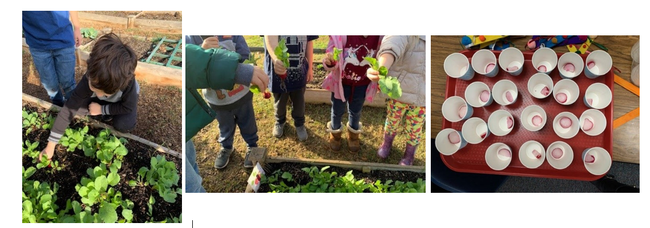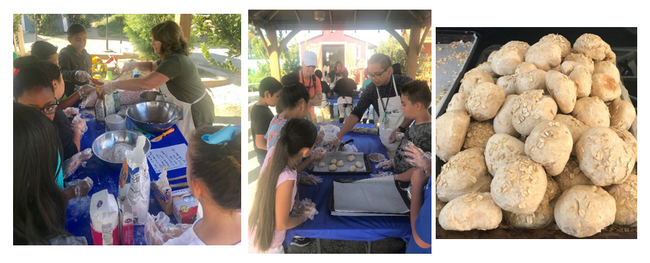CalFresh Healthy Living UCCE nutrition education program helps students increase willingness to try new healthy foods with 79-82% reporting they would ask for the target foods at home, contributing to improved youth nutrition and health.
The Issue
Poor eating habits and excess energy intake can negatively affect body weight and contributes to poor health outcomes among children. Eating appropriate mix of foods from the food groups and subgroups is the key recommendation because it provides a variety of nutrients that are associated with positive health outcomes and help prevent the risk of chronic disease throughout the periods of growth and development.
How UC Delivers
In 2019-20, the University of California Cooperative Extension (UCCE) Tulare-Kings implemented CalFresh Healthy Living, UC (CFHL, UC) nutrition education program with tasting activities across SNAP-Ed eligible preschools, schools, and after school settings. Children and youth taste tests occurred as part of the direct and indirect nutrition education, and policy, systems, and environment (PSE) initiatives such as youth farmer's market, school gardens, and smarter lunchrooms movement. UCCE nutrition educators also conducted youth taste tests through partnerships with school food service programs that feature and promote menu items to help increase appeal, reduce waste, and improve meal participation. Students take the recipes home to share with their families. In Tulare county, 363 tastings were conducted with 7,614 students and in Kings county, 106 tastings were conducted with 1,920 students.
The Impact
Nutrition educators administered the Taste Testing Tool (TTT) to capture student intention and food preferences immediately following food tastings. In Tulare county, of the 7,614 students who tasted variety of food, 97% tried it during the activity, 14% tasted the food before, 81% were willing to eat it again, and 79% were willing to ask for it at home. In Kings county, of the 1,920 students who tasted variety of food, 98% tried it during the activity, 31% tasted the food before, 84% were willing to eat it again, and 82% were willing to ask for it at home. Foods tasted were from all food groups- fruits, vegetables, grains, proteins, and dairy.
To summarize, CFHL, UC food tastings provided several benefits to children and youth. It created opportunity to engage in hands-on food-related activities, offered repeated exposure to new foods, improved food preferences, demonstrated willingness to try foods and willingness to ask for them at home, strengthened partnerships with school districts, and provided parent outreach. Research has found that opportunities for children to taste unfamiliar, healthy foods increase the likelihood of consumption later in life. Collectively, these measured outcomes demonstrated youth learning that leads to improved nutrition and health and the public value of promoting healthy people and communities.
Comments from students:
“I've never tried raw broccoli before - this is good”
“I didn't know we could eat the seeds”
“This is bomb I didn't think I would like it but this is great. I don't like Greek yogurt but this is good”
Comments from teachers:
“Students were willing to try it because ingredients came from their school garden”
“This class had a great response to the snow pea”
“In this class one student decided to taste it after all due to seeing most of the other students liking it”


